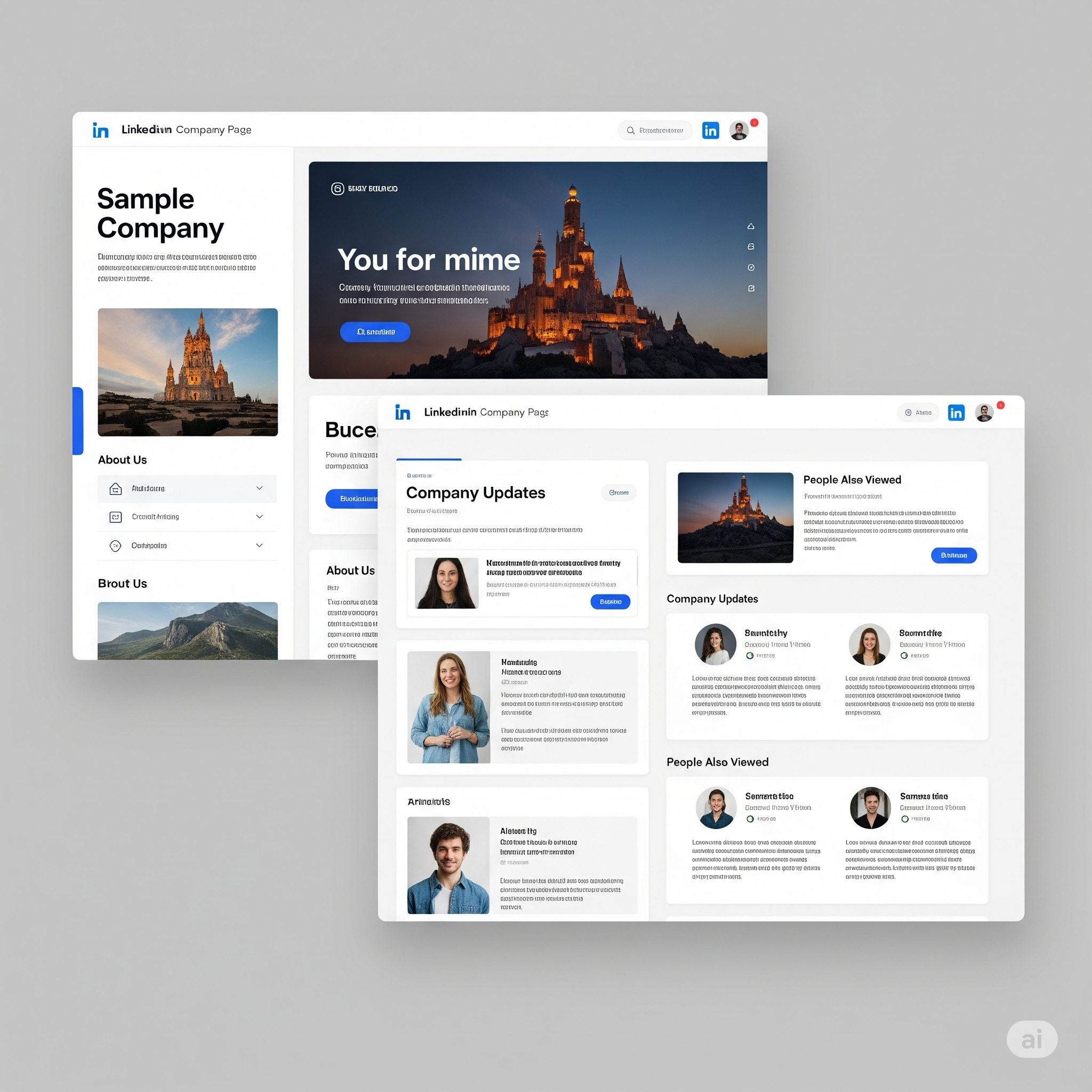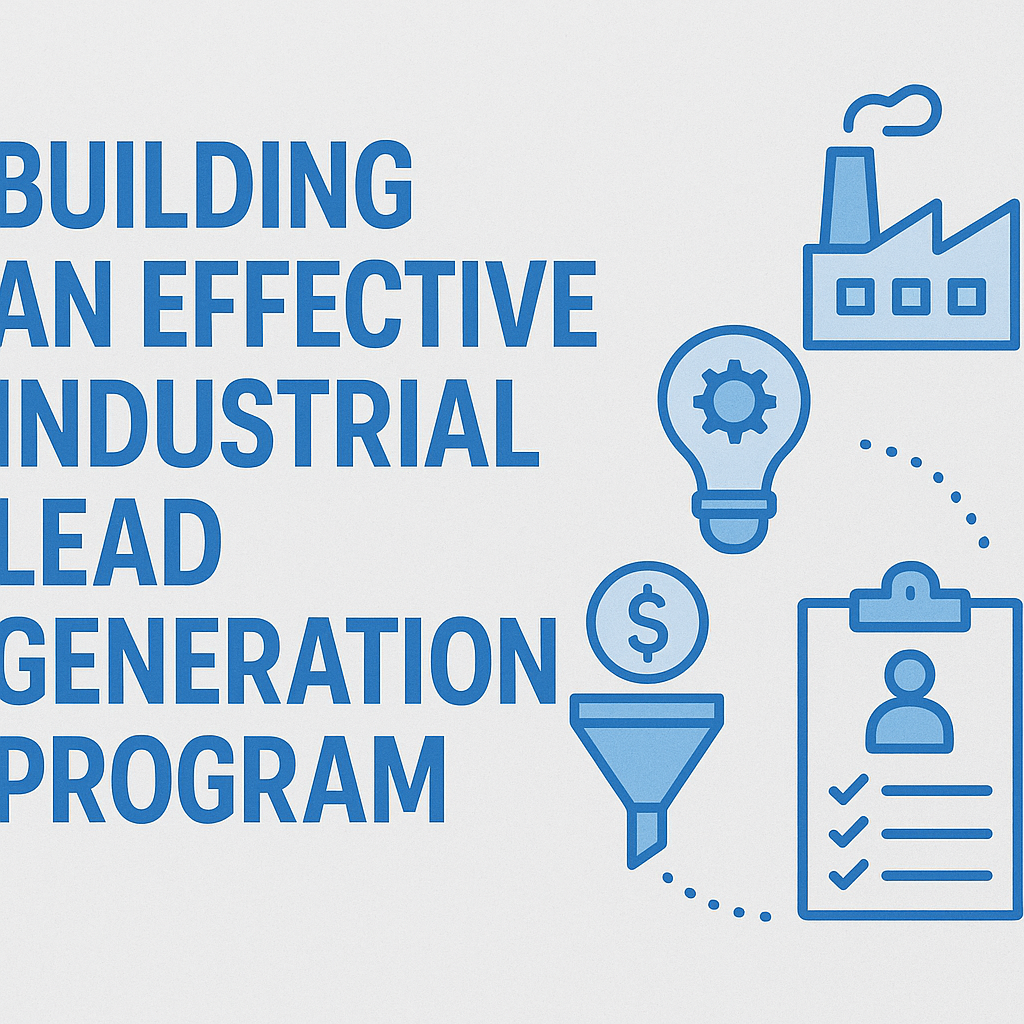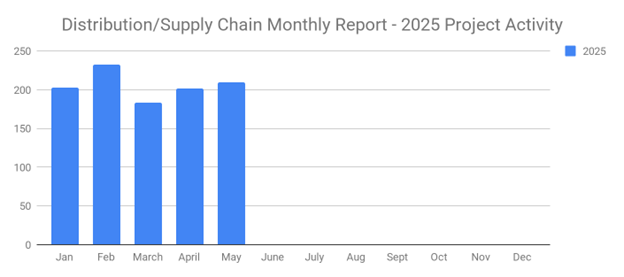
When deciding between email and cold calling for B2B lead generation, it's essential to understand their unique advantages and considerations. Email outreach offers scalability and versatility, making it ideal for lead nurturing and demand generation. Through personalized email campaigns, B2B companies can engage in prospecting, appointment setting, and lead nurturing. On the other hand, cold calling provides direct interaction and rapport-building opportunities, especially in industries like manufacturing. Leveraging industrial appointment setting services and outsourced sales development can enhance prospecting efforts and generate manufacturing leads. Ultimately, a balanced approach that integrates both email and cold calling strategies can maximize lead generation for B2B companies.
Preferred Method of Communication
When it comes to connecting with prospects, aligning with their preferred communication channels is paramount for driving higher conversion rates. Statistics reveal that email remains the top choice for 81% of B2B customers, surpassing other channels such as phone calls, online forms, live chats, face-to-face meetings, and social media. The appeal of email lies in its non-disruptive nature, allowing prospects to seamlessly integrate information consumption with their ongoing tasks.
However, what if you encounter the challenge of not having access to a prospect's email address? This is where SalesLeads' Target Account Intelligence tool comes to the rescue, offering a comprehensive solution to obtain vital contact information. With this powerful tool at your disposal, you can swiftly acquire not only email addresses but also additional contact details, ensuring that your outreach efforts penetrate the target account from every possible angle. Whether it's reaching out via email or exploring alternative channels, SalesLeads empowers you to engage prospects effectively and drive meaningful connections that lead to conversion.
Reaching Prospects
Even if you send an email to a prospect, there's no guarantee they'll open it, let alone convert from it. Email open rates vary, and according to Smart Insights, approximately one in four B2B emails get opened, with an average click-through rate (CTR) of around 4.75%. This means that crafting an impactful subject line and compelling email content is crucial to capture your recipient's attention and prompt them to take action.
Similarly, not every cold call will result in a successful connection with a prospect. On average, for every ten cold calls made, only two or three prospects may be reached. To address this challenge, focusing on volume is key. Whether you're utilizing email, cold calling, or any other sales channel, increasing the number of prospects you reach out to can enhance your chances of generating meaningful sales opportunities. By casting a wider net and engaging with a larger pool of prospects, you can maximize your outreach efforts and increase your likelihood of success in converting leads into sales. The more prospects you contact, the greater your chance of generating sales.
Personalized Messages
Personalization is a powerful tool in email marketing, allowing you to tailor your messages to resonate more effectively with your prospects. Statistics indicates that personalized B2B emails yield a 14% higher click-through rate (CTR) and a 10% higher conversion rate compared to generic emails. By incorporating personalized elements such as the prospect's name into the subject line and greeting, you can capture their attention and increase the likelihood of engagement.
Addressing the prospect by name in both the email subject line and greeting creates a sense of individualized attention, prompting them to open the email and engage with its content. This personalized approach demonstrates to the prospect that you've taken the time to understand their needs and preferences, fostering a stronger connection and increasing the chance of conversion.
While personalization can also be applied to cold calls by addressing the prospect by name, its impact may not be as pronounced as with personalized emails. Cold calls typically involve brief interactions and may not allow for the same level of customization as email messages. However, incorporating personalized elements wherever possible can still help to enhance the effectiveness of your outreach efforts and improve your overall sales performance.
Email Usage
Email has become the cornerstone of communication in the modern business landscape, preferred by B2B prospects and utilized more frequently than any other method. Research conducted by the University of British Columbia reveals that the average individual checks their email approximately 15 times per day. Given that many B2B professionals operate within office environments, this frequency is even higher among this demographic.
With such pervasive use, email presents a prime opportunity for businesses to engage with their prospects and customers. However, success hinges not only on the frequency of email interaction but also on the quality of the content delivered. Crafting compelling subject lines and messages that resonate with recipients is essential to capturing their attention and driving meaningful engagement.
As a B2B marketer or sales professional, leveraging email effectively can open doors to valuable connections and opportunities. By understanding the preferences and behaviors of your target audience, you can tailor your email communications to deliver relevant and impactful content that inspires action and fosters relationships.
Automation
In the realm of email marketing, automation emerges as a powerful ally for streamlining processes and maximizing efficiency. Crafting individualized marketing emails for every prospect on your list can be an arduous and time-intensive endeavor. Imagine having to create and send out personalized emails to each of your 50 prospects—without automation, this task would be daunting, if not impossible.
Fortunately, automation tools offer a solution to this challenge, allowing you to orchestrate your email marketing strategy with ease and precision. Whether you opt for a dedicated email marketing platform or leverage the capabilities of a comprehensive customer relationship management (CRM) system with integrated email marketing functionality, automation empowers you to streamline workflows, personalize content, and engage with your audience at scale.
By harnessing the power of automation, you can set up targeted email campaigns, schedule messages in advance, and trigger automated responses based on predefined criteria—all without the need for manual intervention. This not only saves time and resources but also ensures consistency and effectiveness in your communication efforts.
In today's fast-paced digital landscape, where timely and relevant engagement is paramount, automation offers a strategic advantage for marketers and sales professionals alike. By embracing automation tools and techniques, you can optimize your email marketing endeavors, nurture leads more effectively, and ultimately drive greater success for your business.
Data Analytics
When reaching out to prospects, leveraging email communication provides access to a wealth of data that surpasses what's available through cold calling. With email campaigns, you can gather valuable insights to gauge the effectiveness of your marketing strategy. By analyzing metrics such as open rates, click-through rates (CTR), conversion rates, and deliverability rates, you gain actionable intelligence to refine your approach and enhance engagement. For instance, if a particular message resonates strongly with recipients and drives customer interest, you can replicate its elements in future campaigns. Conversely, if an email yields a lackluster response, you can pivot and experiment with different content or strategies to improve results. Tracking these key performance indicators (KPIs) empowers you to fine-tune your email marketing efforts, ensuring they align with your objectives and resonate effectively with your target audience.
Reaching Decision-Makers
Cold calling retains distinct advantages over email, particularly in its capacity to directly engage with decision-makers within a prospect's organization. While an email recipient may lack the authority to make purchasing decisions, cold calling offers the opportunity to directly connect with individuals who wield decision-making power. By initiating a conversation over the phone, you can navigate through organizational structures and, when appropriate, request to be connected with the relevant decision-makers. To streamline this process and enhance efficiency, tools like our Target Account Intelligence platform provide invaluable insights by identifying key decision-makers along with their contact details, including email addresses and direct phone numbers. This facilitates more targeted and impactful outreach efforts, enabling you to engage with the right individuals and increase your chances of securing meaningful business opportunities.
More Than Just Text
Cold calling offers a more dynamic form of communication compared to email, allowing you to convey not just text but also your voice and tone. This direct interaction fosters a sense of authenticity and trust between sales reps and prospects, which can be difficult to achieve through written communication alone. By engaging in one-on-one conversations, you have the opportunity to establish a personal connection with prospects, addressing their concerns and building rapport in real time. This personal touch can significantly enhance the effectiveness of your sales efforts, as prospects are more likely to trust and respond positively to a genuine human interaction.
What to learn more? Get in Touch





